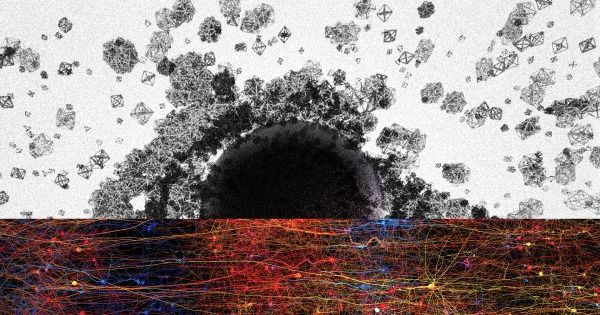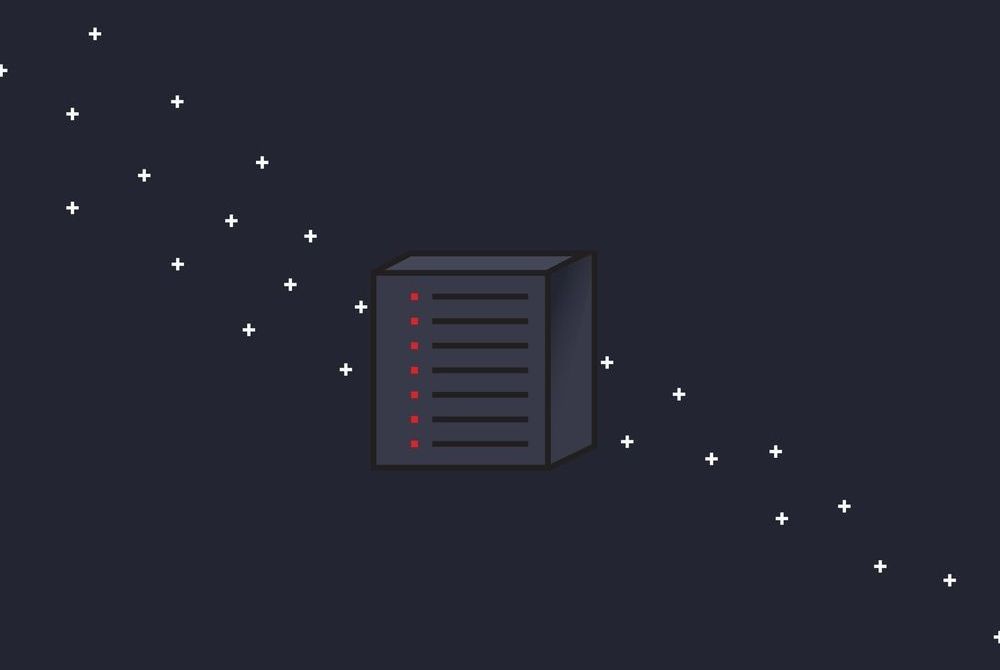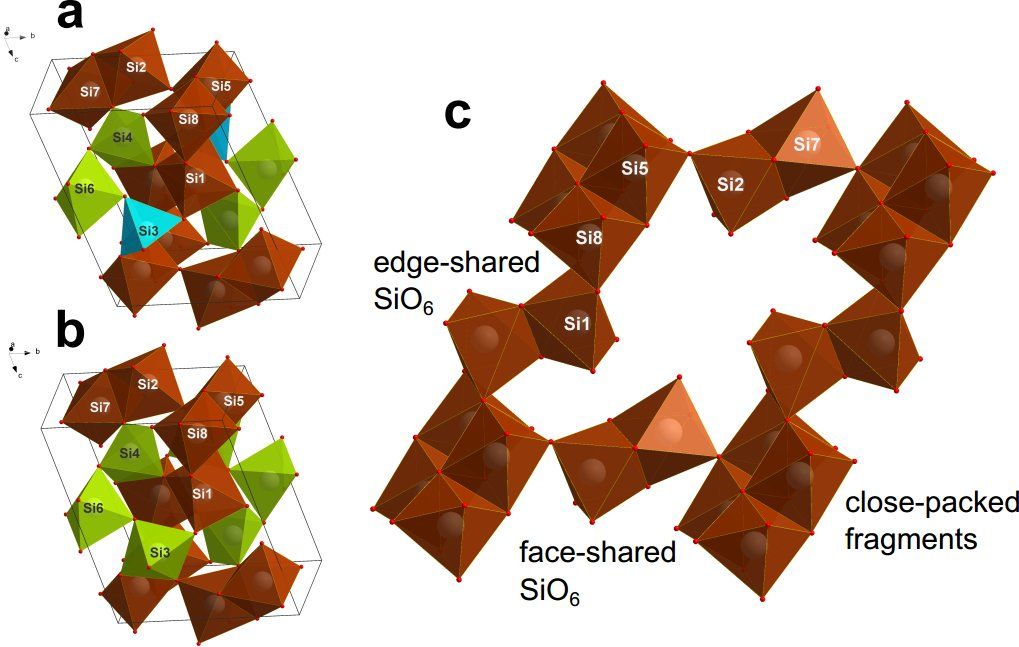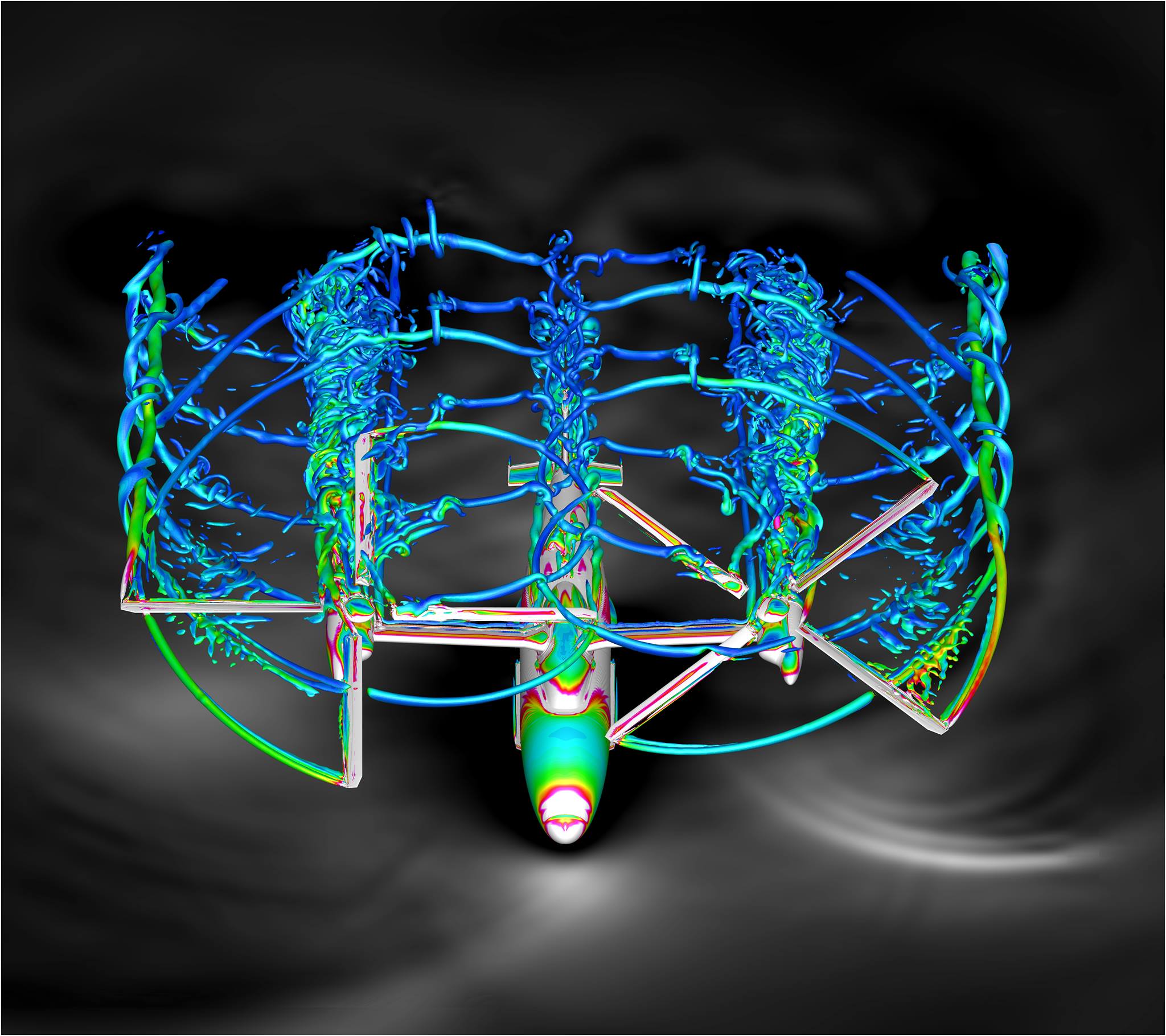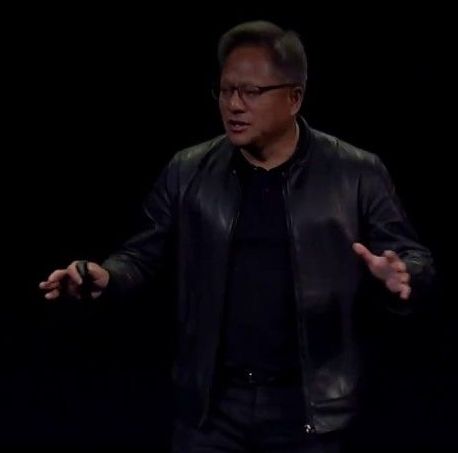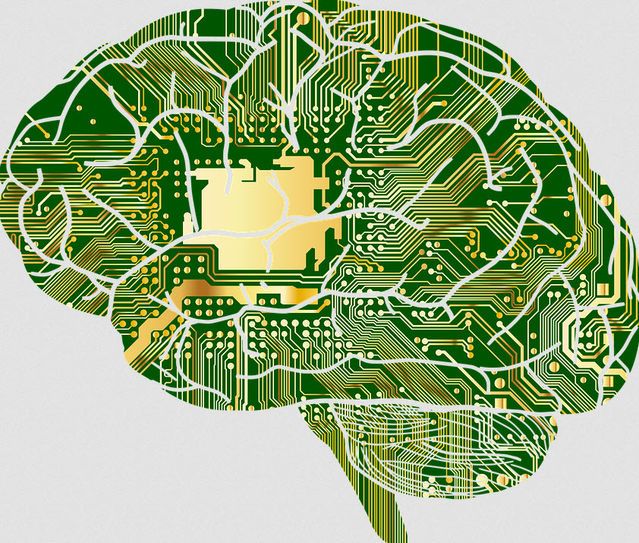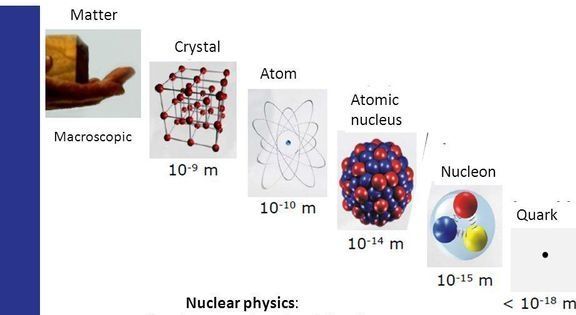Jan 10, 2019
Scientists Discover That Our Brains Can Process the World in 11 Dimensions
Posted by Genevieve Klien in categories: neuroscience, supercomputing
Neuroscientists have used a classic branch of maths in a totally new way to peer into the structure of our brains. What they’ve discovered is that the brain is full of multi-dimensional geometrical structures operating in as many as 11 dimensions.
We’re used to thinking of the world from a 3D perspective, so this may sound a bit tricky, but the results of this new study could be the next major step in understanding the fabric of the human brain – the most complex structure we know of.
This latest brain model was produced by a team of researchers from the Blue Brain Project, a Swiss research initiative devoted to building a supercomputer-powered reconstruction of the human brain.
Continue reading “Scientists Discover That Our Brains Can Process the World in 11 Dimensions” »
